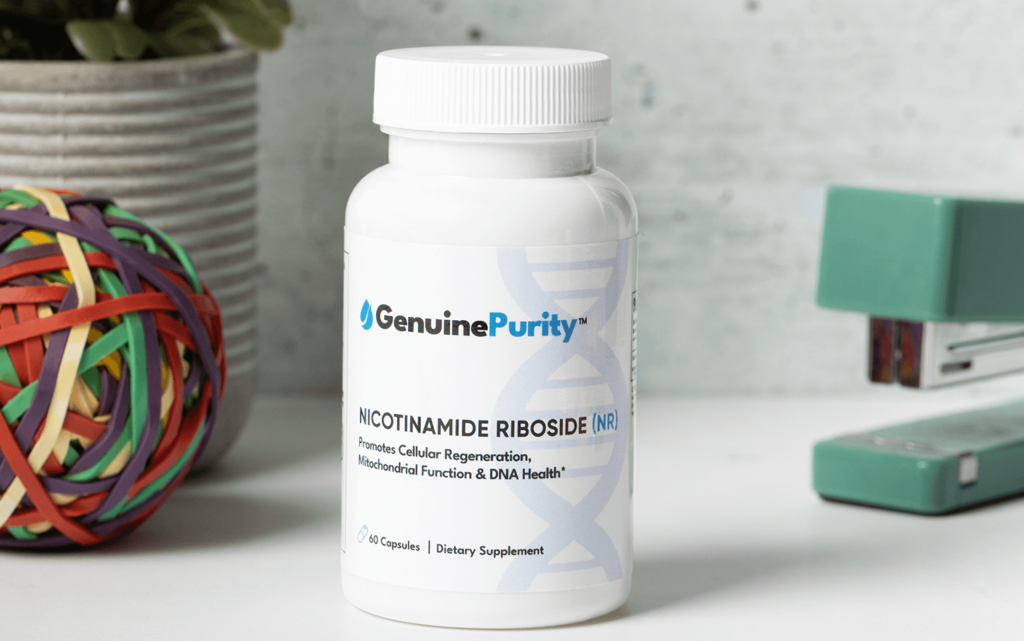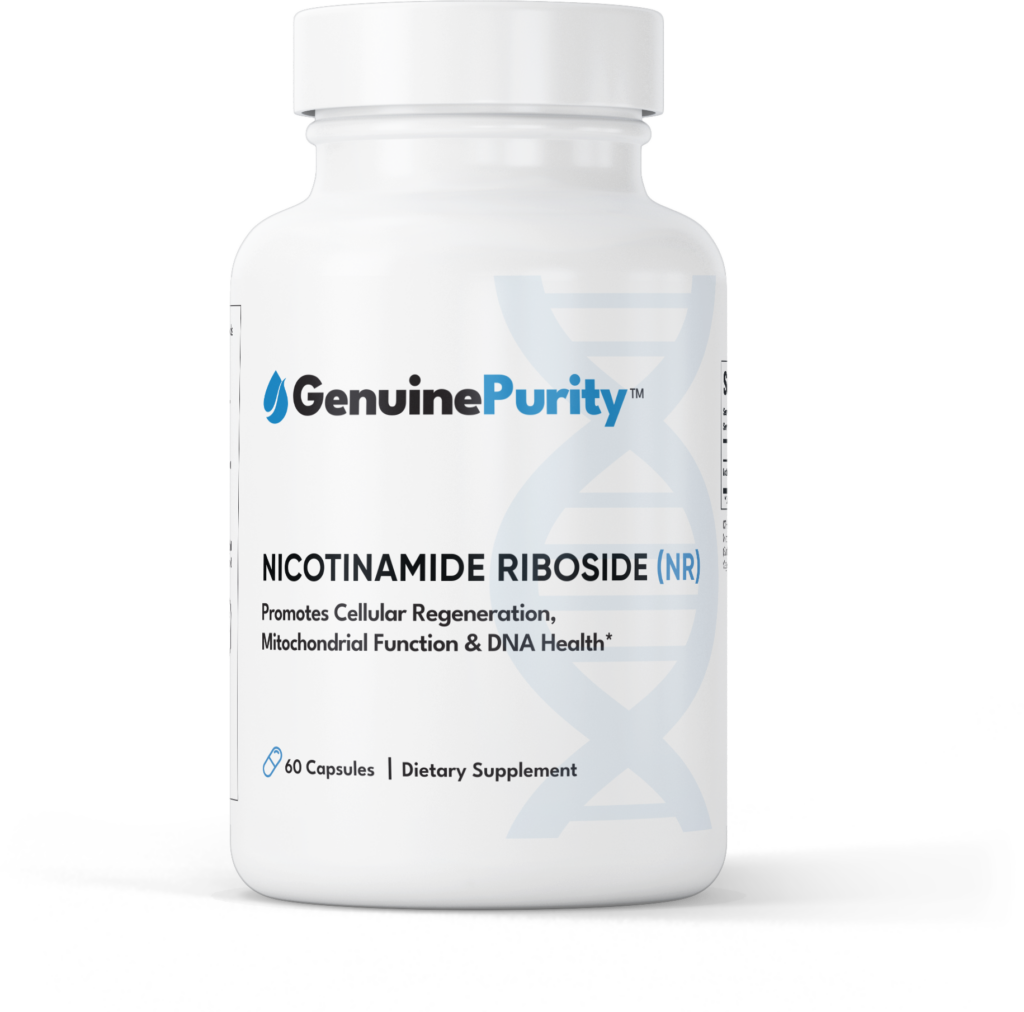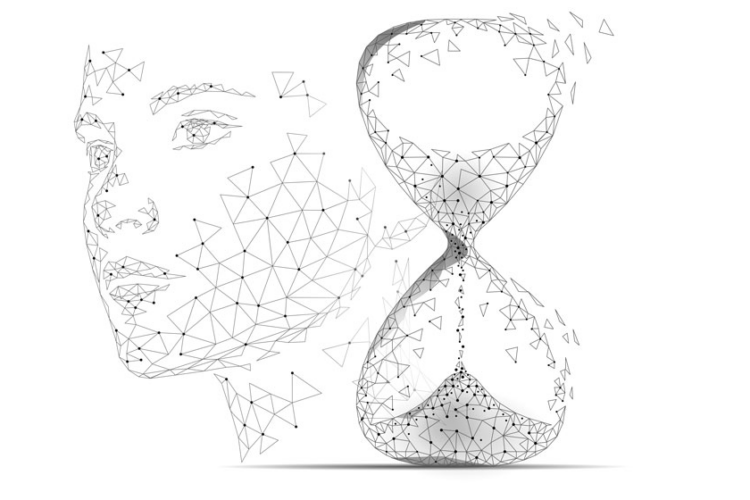We all age; it’s a fundamental truth of life, but many of us are eager to stay healthy and active for as long as possible.
What if aging didn’t have to mean slowing down, losing energy, or facing an inevitable decline in health?
For centuries, humans have searched for the mythical fountain of youth. Today, that search is happening in labs instead of jungles.
In the burgeoning field of anti-aging science and technology, researchers are uncovering ways to redefine aging altogether – from repairing the very powerhouses of our cells to harnessing the power of artificial intelligence to develop innovative therapies and treatments.
Gone are the days when anti-aging was limited to strict diets and wrinkle creams. Scientists are working tirelessly to develop effective ways to promote healthy aging, extending not just how long we live but how well we live.
This article explores exciting scientific breakthroughs, cutting-edge discoveries, and emerging technologies, offering valuable insights into how to live longer, healthier, and more fulfilling lives.
We also examine their potential benefits and limitations and discuss what they might mean for our long-term well-being.
The quest for longevity is no longer a distant fantasy.
The Science of Longevity
Aging is a complex biological process that affects everyone differently. It’s the gradual decline of our cells’ ability to function correctly, leading to a decline in our mental and physical skills.
Think of it like a car gradually wearing down after consistent use. Our cells accumulate damage from daily wear and tear (like oxidative stress caused by free radicals), our organs become less efficient, and our bodies grow more susceptible to disease.
These biological shifts manifest in ways we all notice – from wrinkles, gray hair, and joint aches to cognitive decline, decreased muscle mass, and slower metabolism – and some ways we don’t see, like diminished organ function.
Meanwhile, some cells enter cellular senescence, where they stop functioning correctly but refuse to die, releasing harmful signals that affect nearby cells. Epigenetics, or the study of changes to how our genes are expressed, also plays a crucial role in altering vital cellular functions.
Aging isn’t just about looking older; it’s about how our bodies work over time. So, what does “anti-aging” truly mean?
Keep reading.
What Does Anti-Aging Really Mean?
Anti-aging is more than just looking younger. It’s about extending our healthspan – the period of life where we are healthy, active, and free from age-related diseases.
Scientists are working to help us stay engaged well into old age by focusing on improving quality of life and delaying age-related decline. And the approach is shifting.
In recent years, the scientific community has begun to see aging as a condition that can be managed, influenced, and potentially even slowed down.
Researchers are seeking to understand the underlying mechanisms of aging, including the following:
- Cellular Senescence (when cells stop dividing)
- Epigenetics (how environmental factors affect gene expression)
- Oxidative Stress (an imbalance between free radicals and antioxidants)
By targeting these key areas – cellular repair, damage reversal, and slowing the underlying biological processes that drive aging – scientists aim to develop innovative therapies that promote healthy aging.
This shift in perspective opened up new avenues for research and potential treatments. In short, aging doesn’t have to mean an inevitable decline, and science is uncovering ways to optimize how we age.
It’s about living better, not just longer.
By staying up-to-date on the latest advancements in anti-aging research, you can gain a better understanding of how to live longer, healthier lives. Next, we highlight four areas of research that may revolutionize our approach to aging.

Emerging Areas of Anti-Aging Research
Anti-aging science is brimming with groundbreaking discoveries. Researchers are tackling aging at its root causes, from eliminating zombie cells to reprogramming our DNA.
Here’s a look at some of the most exciting advancements shaping the future of longevity and how they’re bringing us closer to healthier, longer lives.
AI and Longevity Research
Artificial intelligence (AI) does more than just power chatbots and self-driving cars – it’s revolutionizing anti-aging research. The integration of AI in longevity research is changing our understanding of aging and age-related diseases.
AI’s ability to analyze massive datasets, identify patterns and biomarkers linked to aging, and predict outcomes that would take human researchers years to uncover is accelerating the discovery of new therapies and treatments.1
By leveraging AI algorithms to analyze genetic data, medical records, and lifestyle information, scientists can quickly sift through complex biological data and identify potential targets for intervention, optimizing treatment strategies and significantly cutting the cost of bringing new treatments to market.
Furthermore, AI-powered tools enable scientists to personalize anti-aging interventions to recommend the most effective strategies for extending healthspan.2 This synergy between human expertise and AI-driven insights leads to new insights into the aging process and paves the way for innovative solutions.
As technology advances, AI brings us closer to a future where aging is no longer a mystery – it’s a solvable puzzle.
NAD+ Boosters: The Energy Molecule Reboot
One of the most exciting areas of anti-aging research is NAD+ boosters.
Have you ever wondered why you seemed to have endless energy in your younger years? A molecule called NAD+ (Nicotinamide Adenine Dinucleotide), which plays a central role in energy production and cellular health, might hold the answer.
NAD+ is found in every cell of your body, playing a vital role in converting food into energy and repairing DNA. Unfortunately, our NAD+ levels decline as we age, leading to decreased energy, slower metabolism, and increased susceptibility to age-related diseases like heart disease.
Research suggests that maintaining healthy NAD+ levels may be linked to improved cellular function, cognitive function, physical endurance, and overall vitality.
That’s where NAD+ boosters come in. NAD+ boosters are designed to help you regain energy and support healthy aging at a cellular level. Supplementing with NAD+ precursors like Nicotinamide Riboside (NR) and Nicotinamide Mononucleotide (NMN) can help restore healthier NAD+ levels.
Incorporating high-quality supplements, like GenuinePurity® Nicotinamide Riboside (NR), into your daily routine lets you jumpstart your energy and move toward feeling like your younger self again.
Mitochondrial Repair: The Key to Healthy Aging
Another promising area of research focuses on developing therapies that target mitochondrial repair and rejuvenation.
Mitochondria, often called the “powerhouses of the cell,” play a crucial role in energy production. Think of them as the batteries that power every cell in your body.
These tiny structures convert food into the energy your cells need to function. Unfortunately, mitochondrial function declines with age, leading to muscle weakness, cognitive challenges, and various age-related issues.
Maintaining mitochondrial health isn’t just about feeling energetic; it’s essential for optimal cellular function and overall well-being.
While regular exercise is a cornerstone of mitochondrial health, and specific dietary interventions show promise in enhancing mitochondrial function, scientists are exploring ways to repair and rejuvenate mitochondria, from advanced supplements to cutting-edge gene editing techniques.
By promoting the removal of damaged mitochondria and enhancing mitochondrial function (aka mitochondrial transfer), researchers hope to restore cellular energy metabolism and vitality. These advancements help optimize the very foundation of how our bodies operate.
As these therapies develop, they could unlock the secrets to maintaining vibrant health and independence well into old age.
3D Bioprinting and Tissue Regeneration
3D bioprinting holds incredible promise for anti-aging. Imagine being able to repair – or even replace – damaged tissues and organs with precision-engineered, fully functional replacements.
It sounds like science fiction, but 3D bioprinting and tissue regeneration is a cutting-edge field transforming our approach to age-related diseases and injuries and completely revolutionizing regenerative medicine.
Scientists combine advanced biomaterials, stem cells, and 3D printing technology to create structures like skin, cartilage, and even organ tissue that mimic the function of native tissues. They are exploring ways to regenerate damaged tissues caused by aging, such as thinning skin or worn-out joints.
While it’s still in its early stages, researchers hope this technology could help reduce the need for transplants by repairing organs like the liver or heart. As they continue to refine the technology, we may see the development of personalized, on-demand solutions to combat the effects of aging.
The possibilities are vast, and the potential impact on healthspan is enormous, making 3D bioprinting and tissue regeneration an exciting area of anti-aging research.

The Future of Aging is Healthier and Brighter
After exploring a few of the latest groundbreaking advancements in science and technology, one thing is clear: we are on the brink of transforming how we age.
From AI-powered longevity tools and 3D bioprinting to mitochondrial repair and NAD+ boosters like GenuinePurity® Nicotinamide Riboside (NR), researchers are making rapid progress in our understanding of aging and age-related diseases.
These innovations are paving the way for a healthier future – no matter how many candles are on your birthday cake.
As we continue to push the boundaries of what’s possible, staying informed and proactive about our health is essential. The possibilities are endless, and the potential rewards are well worth exploring.
Aging doesn’t have to mean slowing down or losing vitality. While the fountain of youth might be a myth, the future of healthy aging looks more exciting and achievable than ever before.
Endnotes
1. https://www.tandfonline.com/doi/full/10.1080/14728222.2023.2288270
2. https://www.researchgate.net/publication/369207969_AI_Technology_for_Anti-Aging_an_Overview


